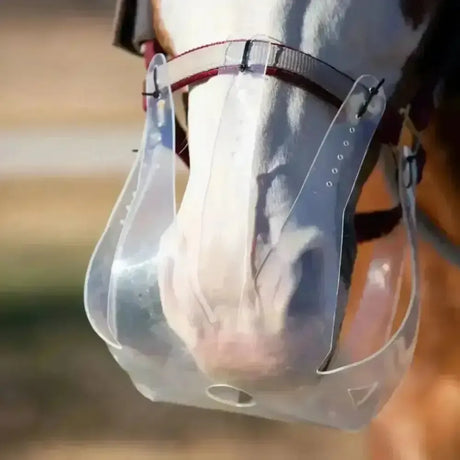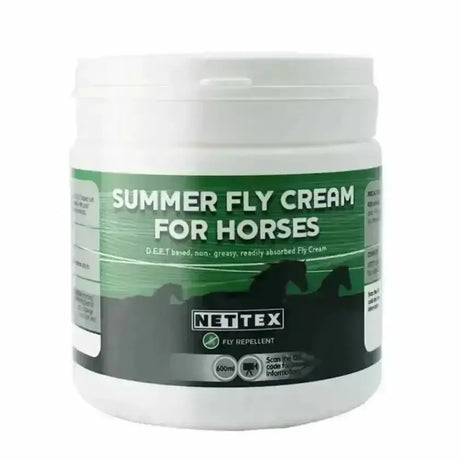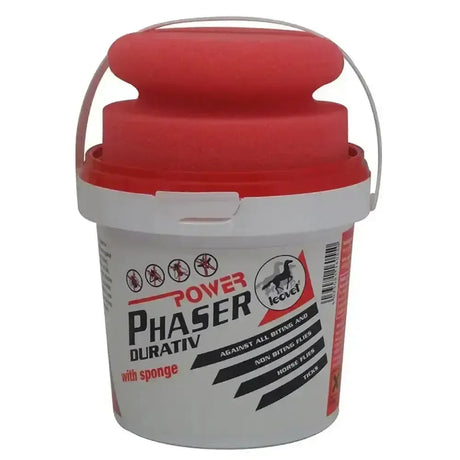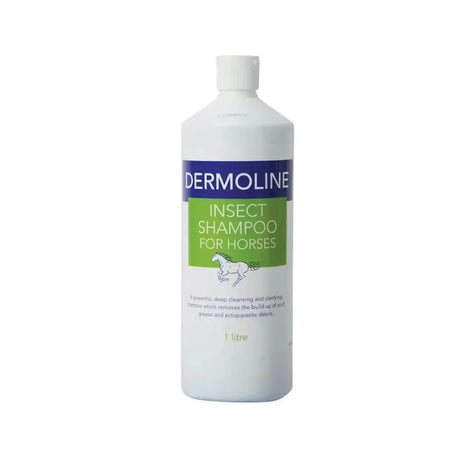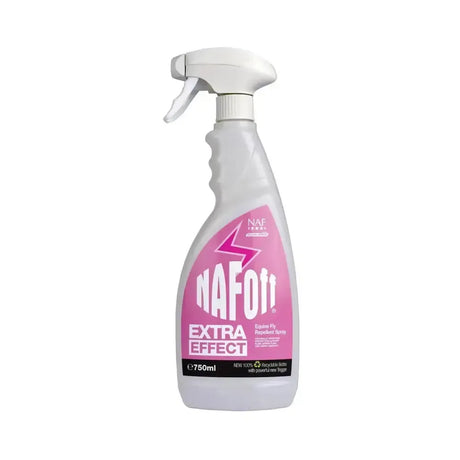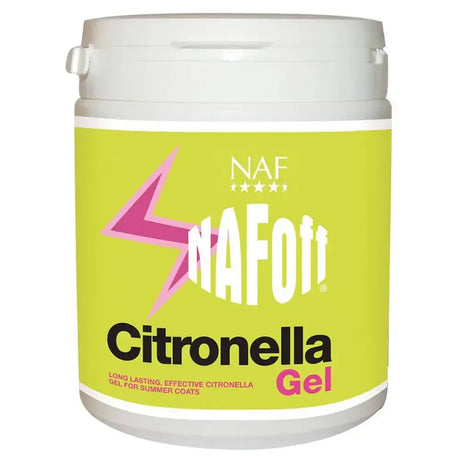Mud Fever In Horses
Mud Fever, also known as "pastern dermatitis," is a skin condition in horses that typically affects the lower limbs, especially the pasterns and fetlocks. It is caused by prolonged exposure to wet, muddy conditions, which creates the perfect environment for bacterial or fungal infections. The primary culprit is often Dermatophilus congolensis, a bacterium that thrives in damp environments, although other bacteria, fungi, or mites may also contribute.
Causes of Mud Fever:
- Wet or muddy conditions: Horses standing in wet or muddy pastures for prolonged periods are more susceptible.
- Compromised skin: Any abrasions, cuts, or weakened skin barrier can allow bacteria to penetrate and cause infection.
- Poor hygiene: Dirty, wet bedding or lack of cleaning the legs after exposure to mud or water can increase the risk.
- Weakened immune system: Horses with poor health or stress may be more vulnerable.
Symptoms of Mud Fever:
- Redness and swelling around the pastern area.
- Crusting, scabs, or sores, especially on the lower limbs.
- Oozing or discharge from the affected areas.
- Hair loss in patches, often with a greasy feel.
- Lameness in severe cases due to discomfort.

Treatments of Mud Fever:
- Clean the affected area: Gently wash the legs with a mild antiseptic soap or medicated shampoo, then thoroughly dry the area. Avoid vigorous scrubbing, as it may damage the skin.
- Topical treatments: Apply an antibacterial or antifungal cream to the affected area. Some veterinarians may recommend barrier creams to keep moisture out.
- Keep the horse dry: Stabling the horse or providing a dry environment helps prevent further exposure to moisture.
- Remove scabs cautiously: Soaking the affected area to soften the scabs can help remove them without causing more damage.
- Consult a vet: For severe cases, veterinary intervention may be needed. A vet might prescribe antibiotics or anti-inflammatory medication.
Prevention of Mud Fever:
- Maintain dry conditions: Avoid letting horses stand in muddy or wet conditions for long periods. Use well-draining paddocks or lay down sand or gravel in high-traffic areas.
- Clean the legs: After exposure to wet or muddy conditions, clean and thoroughly dry your horse’s legs.
- Monitor for early signs: Early detection of symptoms can prevent severe cases.
- Barrier creams or boots: For horses prone to mud fever, using waterproof barrier creams or boots can protect the skin from moisture.
Mud fever can become chronic if not managed properly, so prompt treatment and prevention are key to keeping your horse comfortable and healthy.
Mud Fever In Horses
Here are some Product Reccomendations from us at Barnstaple Equestrian Supplies to help with mud fever in horses:
Mud Fever Boots:
Woofwear Mud Fever Boots
Why Is Mud Fever Dangerous To Horses?
Mud Fever is a common skin condition in horses that occurs due to prolonged exposure to wet and muddy conditions. While it may seem like a minor issue, it can be dangerous for horses for several reasons:
Infection Risk:
Mud fever is typically caused by bacteria like Dermatophilus congolensis but can also involve fungi and other pathogens. If left untreated, the infection can worsen, leading to deeper skin lesions and even systemic infection.
Pain and Discomfort:
The affected areas, usually around the lower legs and pasterns, become swollen, sore, and inflamed. This can cause considerable pain for the horse, leading to lameness or reluctance to move, affecting its overall well-being.
Reduced Mobility:
Horses with severe mud fever might experience reduced mobility due to the pain and inflammation, which could hinder their ability to graze, exercise, or perform in competition. Limited movement can also lead to muscle stiffness or other secondary issues.
Progression to Chronic Conditions:
If not treated properly, mud fever can become chronic. Long-standing infections may cause permanent damage to the skin, leading to thickening, scarring, and susceptibility to recurring infections.
Secondary Complications:
In severe cases, untreated mud fever can lead to cellulitis, a more serious bacterial infection of the deeper tissues, or even lymphangitis, where the lymphatic system becomes inflamed. These conditions can be life-threatening if they spread or become difficult to control.
Compromised Immune System:
Horses affected by mud fever may have a weakened immune response due to constant irritation and infection, making them more vulnerable to other illnesses.
Reduced Performance:
For performance horses, such as racehorses or show horses, mud fever can lead to decreased performance due to discomfort and pain. If not managed, it can take weeks to heal, causing training interruptions and downtime.
Preventive and Management Measures:
Keep horses dry: Reducing exposure to muddy and wet environments can prevent mud fever.
Proper grooming: Regularly cleaning and drying the affected areas helps in early detection and prevention.
Topical treatments: Antiseptic creams, barrier lotions, and anti-inflammatory treatments can help manage mild cases, but severe cases require veterinary intervention.
Mud fever can escalate quickly if ignored, so prompt attention and management are essential to ensure the horse's health and comfort.
Lorem ipsum dolor sit amet consectetur
Why Does Mud Fever Occur In Horses?
Mud fever in horses occurs due to a combination of environmental, biological, and physical factors that compromise the skin’s integrity, allowing infections to develop. Here are the primary reasons why mud fever happens:
1. Prolonged Exposure to Wet and Muddy Conditions
Horses that are consistently exposed to wet, muddy, or damp conditions are more prone to developing mud fever. When the skin, especially around the lower legs and pasterns, is constantly wet, it becomes soft and more vulnerable to damage. Mud, which can harbor harmful microorganisms, creates a perfect environment for infections to take hold.
2. Skin Damage or Abrasions
Mud and dirt can cause small cuts, scrapes, or abrasions to the horse’s skin. Even minor injuries to the skin's surface can allow bacteria, fungi, or other pathogens to penetrate and start an infection. The moisture from wet conditions further exacerbates this issue by weakening the skin’s natural defenses.
3. Presence of Pathogens
The bacteria Dermatophilus congolensis is commonly associated with mud fever. This bacterium thrives in damp, muddy environments, and when the skin is damaged or compromised, it can colonize and cause the characteristic scabs, sores, and inflammation seen in mud fever. Fungal organisms and other bacteria can also contribute to the infection.
4. Compromised Immune Response
Horses with weakened immune systems or poor overall health are more susceptible to infections like mud fever. Stress, poor nutrition, or other underlying health issues can reduce the horse's ability to fight off infections, making them more vulnerable.
5. Breed and Skin Sensitivity
Certain horse breeds, especially those with heavy feathers (long hair around the lower legs, such as Clydesdales and Shires), are more prone to mud fever. The long hair retains moisture and mud, creating a breeding ground for bacteria. Horses with white legs and lighter skin are also more susceptible due to their thinner, more sensitive skin.
6. Lack of Grooming or Care
Horses that are not regularly groomed or cleaned are more likely to develop mud fever. Mud, debris, and moisture left on the skin for extended periods can lead to infection. Proper grooming helps to remove mud and dirt and allows early detection of any signs of irritation or infection.
7. Poor Environmental Conditions
Horses kept in poorly drained paddocks or fields with excessive mud and water are at higher risk. Standing in muddy conditions for long periods exposes the lower legs to moisture and bacteria, increasing the likelihood of infection.
8. Harsh Weather Conditions
Wet and cold weather, especially during the winter months, increases the chances of mud fever. The combination of wet ground and cold air can cause the skin to crack or become chapped, which provides an entry point for pathogens.
9. Sweating Under Boots or Bandages
If horses are wearing boots or bandages that trap sweat or moisture, the skin may become soft and more prone to mud fever. Moisture buildup under the covering can create a similar environment to wet, muddy conditions.
10. Contact with Irritants
Chemicals or other environmental irritants in the mud or water, such as fertilizers or manure, can cause skin irritation, making the skin more prone to infection.
In summary, mud fever occurs when a combination of wet, dirty conditions, skin damage, and the presence of pathogens compromise the horse’s skin, leading to infection. Proper care, grooming, and attention to the environment are key in preventing mud fever.


